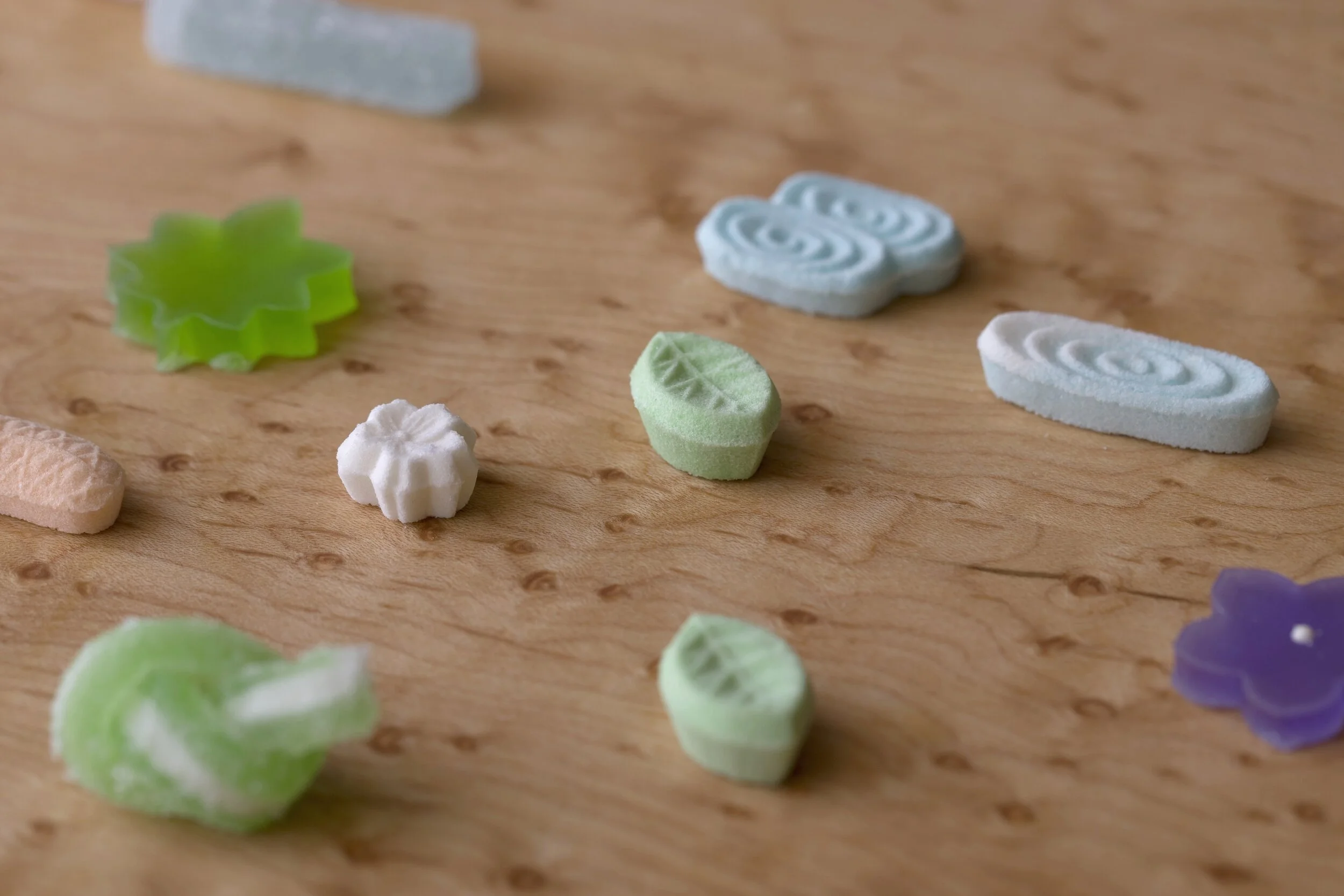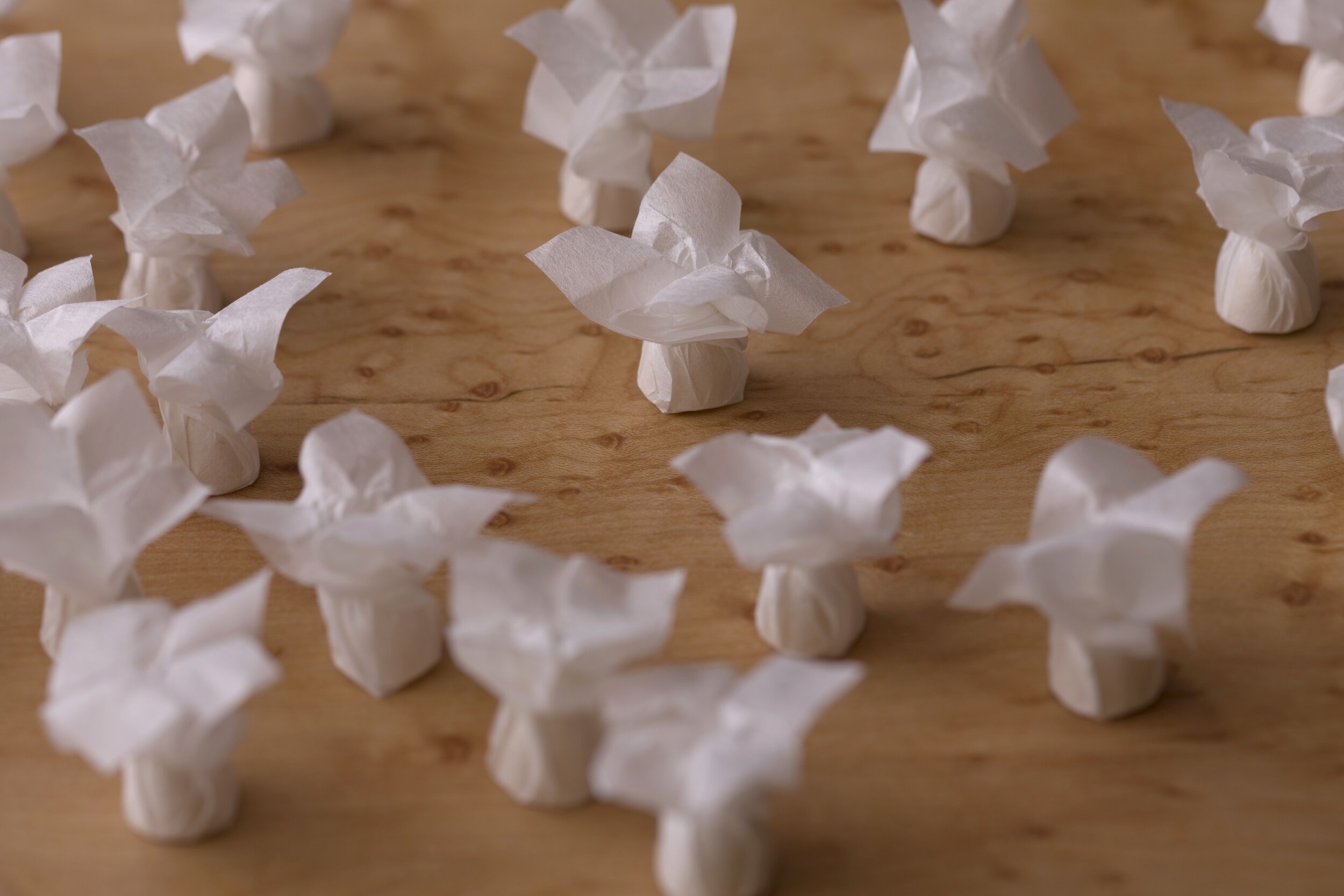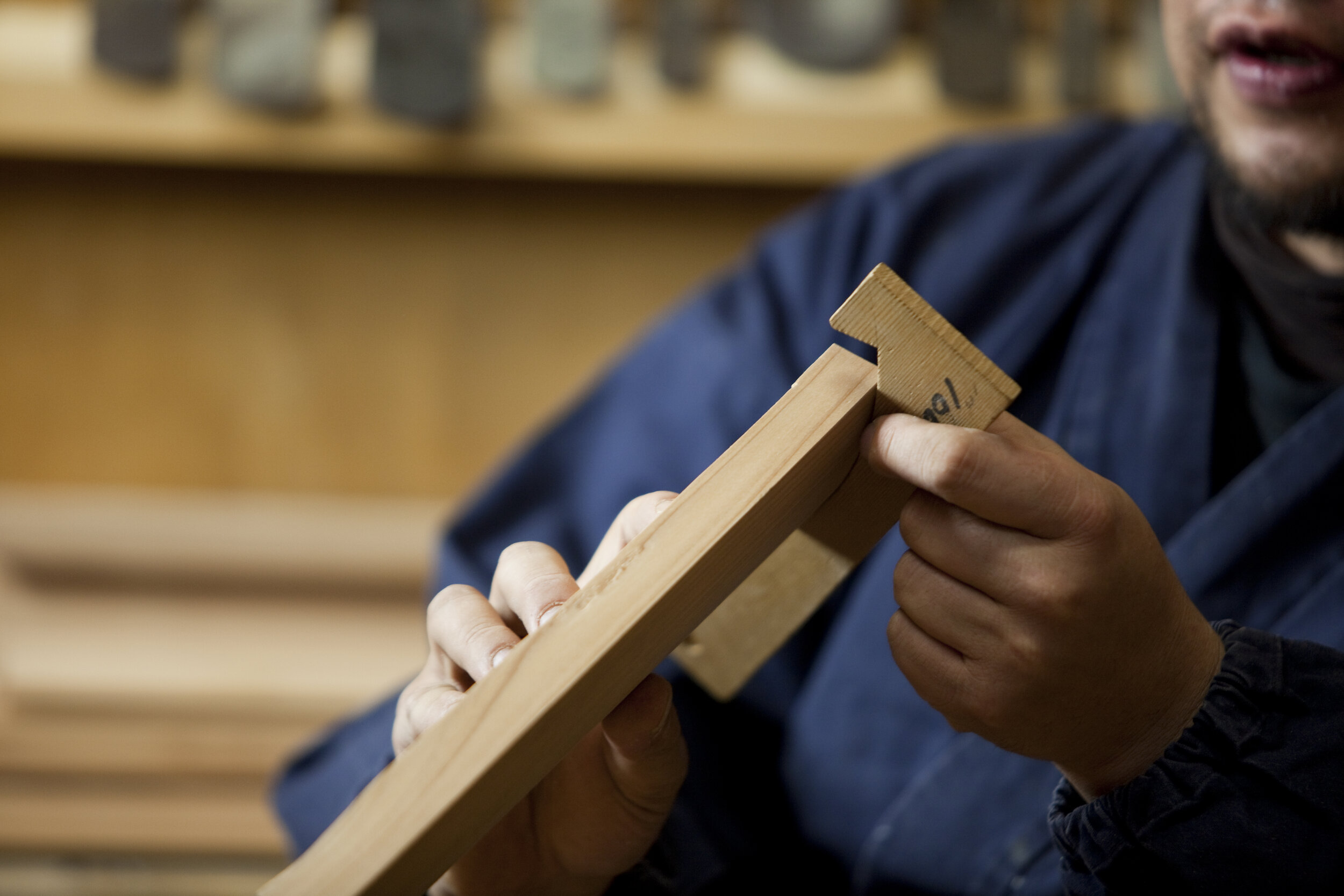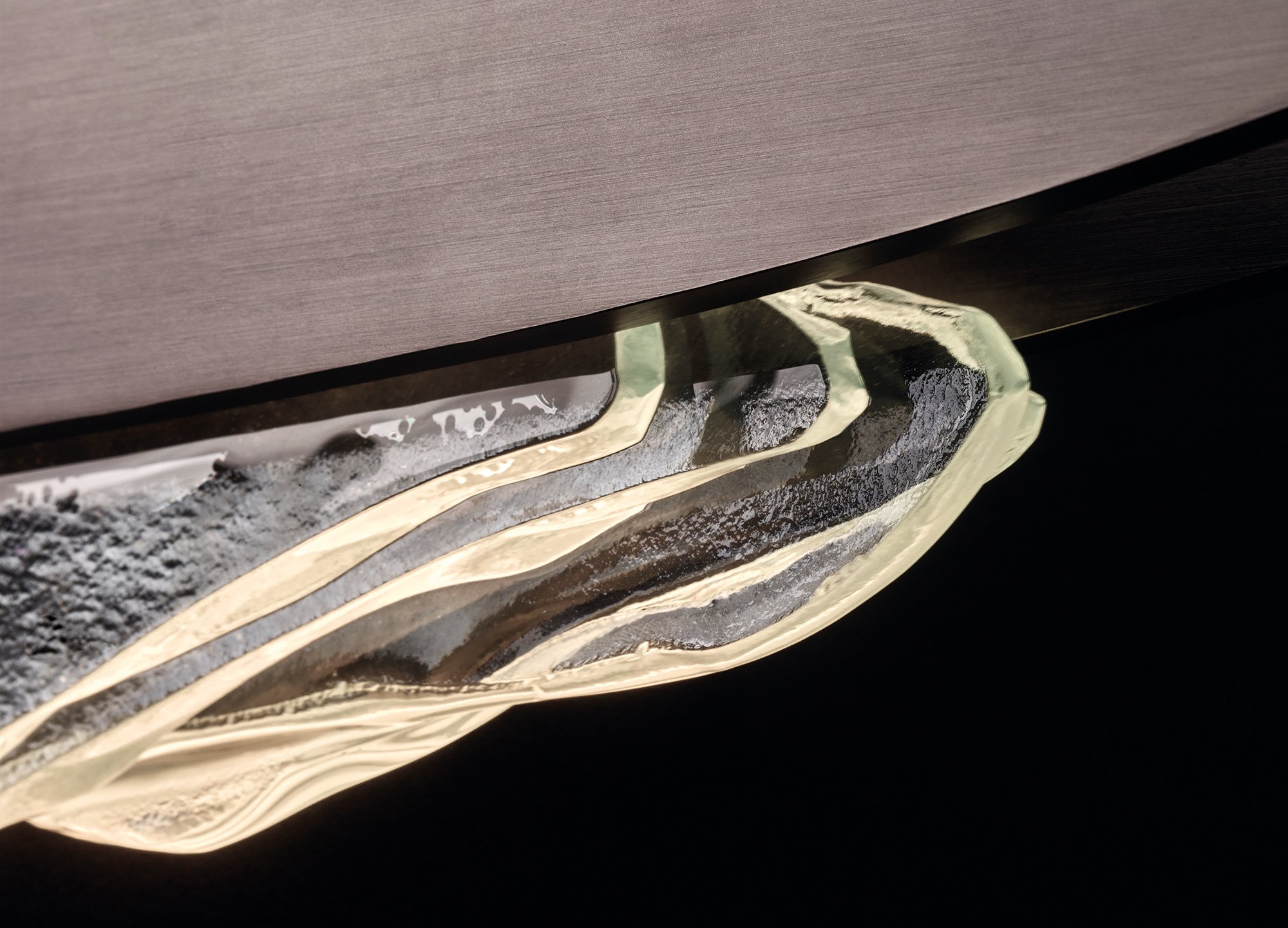JAPAN HANDMADE || An Exploration of Japanese Craftsmanship from Kyoto to Your Home

Discover the essence of traditional Japanese crafts in the comfort of your home with Japan Handmade – a virtual workshop hosted by Inform Interiors.
For centuries, the exquisite cultural vibe of Kyoto has galvanized countless artists to create and preserve traditional crafts marked by immaculate craftsmanship. Back in the ancient era where Kyoto was the capital of Japan, many of these goods found their way into the city’s many temples, shrines and residences of the Imperial Court.
Those of us who have a penchant for traditional Japanese crafts, it’s always fascinating to see and feel the dignity in each product that is carefully made by skilled artisans using natural materials, though rarely we get the opportunity to fully learn about the fine craftsmanship and story behind the products. Now, Inform Interiors seeks to bring those stories and behind-the-scenes in focus through an interactive workshop that allows one to engage in traditional Japanese crafts and rituals alongside master creators from Kyoto.
Making of tea pottery. Photo Credit: Asahiyaki Porcelain
Photo Credit: Asahiyaki Porcelain
JAPAN HANDMADE VIRTUAL WORKSHOP
Hosted by Inform Interiors, this exciting online workshop taking place on July 15th at 5 PM PST (July 16, 9 AM JPT) features seven accomplished craftsmen from Kyoto. The event will be recorded, so if you missed it, you can watch it here (once the video is made available).
Each of the craftsmen (read on for their profiles) will guide the participants through the history, ritual, and process of tea making and how it relates to their specific craft. Through this, despite the global pandemic, we are reminded that we all share the same world. Each participant will receive an exclusive box, assembled by all of the Kyoto team, filled with the necessary tools to enjoy the workshop alongside the craftsmen.
Kyogashi, a traditional confectionary in Kyoto. Photo Credits: Kagizen Yoshifusa.
Photo Credits: Kagizen Yoshifusa.
THE KYOTO CRAFTSMEN
Takahiro Yagi || Kaikado
Kaikado was established in 1875 by Seisuke, creator of the first Kaikado tin tea caddy, appreciated for its style and functional, airtight design. The current successor, Takahiro, developed a two-tiered tea caddy, initiated the first-ever collaborations with tea brands and started marketing the caddies abroad. Whilst always maintaining tradition, Takahiro set his sights on the global market. Adding a new element per generation is a tradition that Kaikado has carried on throughout its history.
Takahiro Yagi of Kaikado. Photo Credit: Kaikado.
Kaikado’s Tea Caddy. Photo Credit: Kaikado.
Shuji Nakagawa || Nakagawa Mokkougei
Nakagawa Mokkougei shares the fine tradition of Kyoto wood-crafting where time-honoured skills are passed on through generations with Shuji Nakagawa being the third-generation. In 2001, his father, Kiyotsugu, was recognized as an intangible cultural heritage for his commitment to Japanese design heritage.
Shuji looks to adapt the design, but not the structure, of pieces to suit modern life. His ‘Konoha’ was selected by Dom Perignon as its official champagne bucket, and his ‘Big Trays of Parquetry’ was a finalist for the 2017 Loewe Foundation Craft Prize. His stools are in the permanent collection of the V&A Museum (London) and the Musee des Arts Decoratifs (Paris).
Wood-crafting. Photo Credits: Nakagawa Mokkougei.
Photo Credits: Nakagawa Mokkougei.
Toru Tsuji || Kanaami Tsuji
Kanaami-Tsuji was established by head artisans Kenichi Tsuji and Toru Tsuji and draws from the traditional metal-knitting craftsmanship of Kyo-Kanaami. This technique is believed to be more than ten centuries old and is used for utensils essential to Kyoto cuisine.
Using the traditional hand-weaving techniques of kiku-dashi — chrysanthemum pattern — Kanaami-Tsuji has crafted a series of interior lifestyle designs that re-contextualize the techniques and apply them in new ways. The results are highly decorative pieces that bring the beauty and poetry of kiku-dashi to life within contemporary settings.
Zenya Imanishi || Kagizen Yoshifusa
Kagizen Yoshifusa was established in the mid-Edo period. The culture of Noh — tea ceremony, painting and poems — flourished among the assembly of shrines and temples; it was here that Kyogashi (Kyoto Sweets) was refined and perfected to meet the demands of the highest quality. Kagizen Yoshifusa has continued making Kyogashi in Kyoto’s stylish district of Gion.
The sweets of Kagizen have not changed in their methods. Using carefully selected ingredients as their base, they are the handwork of craftsmen employing simple recipes handed down through generations — diligently and with great care. The charm of these treats are not the taste alone; equal attention is given to the fine and delightful presentation.
Photo Credits: Kagizen Yoshifusa.
Hosai Matsubayashi XVI || Asahikyaki Porcelain
In the latter part of the Edo era, the eighth generation Chobei began making teapots in a shape which has become a classic shape still used today. Though 150 years have passed, Asahiyaki pottery continues to grow with the tea culture of Kyoto and will continue to cherish this journey as they walk towards the future.
In 2016, Yusuke Matsubayashi succeeded to become Hosai XVI, a 16th generation potter with the 400-years company. Hosai produces his works using the traditional Asahiyaki techniques with delicate and mindful wheel shaping while reviving the traditional tea ceremony aesthetics with modern-day sensibilities. He exhibited and hosted a tea ceremony in Guimet Museum in Paris, and was an artist-in-residence at Leach Pottery in St. Ives, established by Bernard Leach.
Photo Credit: Asahiyaki Porcelain
Hosai Matsubayashi XVI. Photo Credit: Asahiyaki Porcelain
Shunichi Matsuo and Hirotoshi Maruwaka || EN TEA
The concept of EN TEA is to make tea for the field and the drinker. Without this reciprocating movement, good tea leaves cannot be made. EN TEA is a tea leaf brand that was born in 2017 when two people who share this ideal met — Shunichi Matsuo and Hirotoshi Maruwaka.
Together they formed a trinity: tea farmers who grow leaves, Shunichi develops and decides the taste, and Hirotoshi, who grows the brand and delivers it to the world.
ABOUT INFORM INTERIORS
Established in Vancouver in 1963 and considered one of the top 5 design stores in the world, Inform Interiors is not only a go-to place for the best in contemporary home furnishings but is also a cultural hub for all things related to design and architecture. Inform Interiors promotes and supports local and international talent through several avenues. Regularly hosted lectures, book launches and exhibitions often include specially invited world-renown artists to share their skill and knowledge with the Vancouver design community.
















